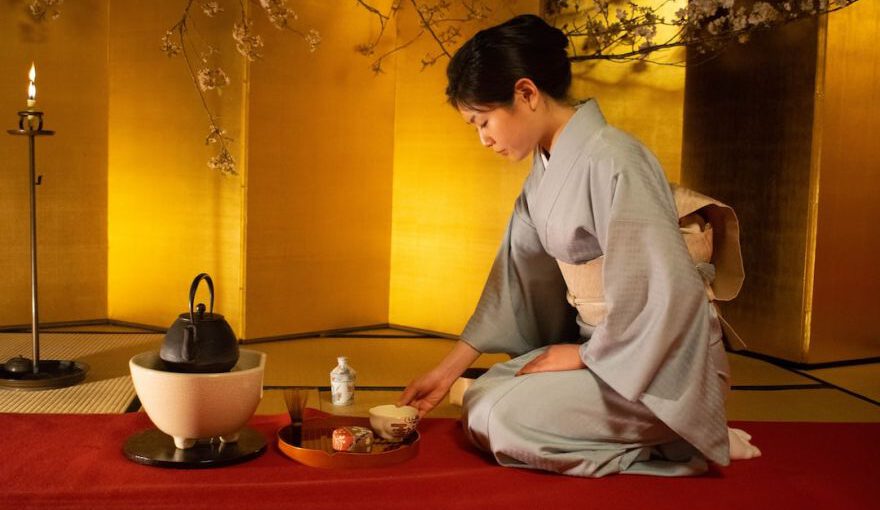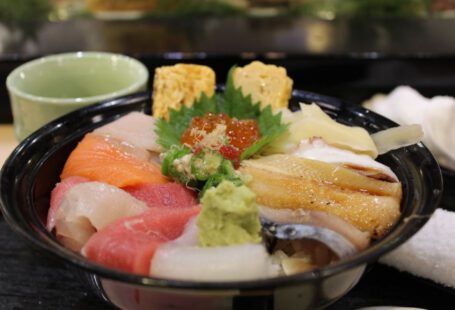The tea ceremony, known as “chanoyu” in Japanese, is a highly revered and intricate cultural practice that has been a part of Japanese tradition for centuries. This captivating and refined art form embodies the essence of Japanese hospitality and aesthetics, creating a serene and meditative experience for both the host and the guests.
At its core, the tea ceremony is about much more than simply drinking tea. It is a harmonious union of various elements, including the preparation of tea, the art of serving, and the appreciation of the tea utensils and the serene surroundings. The ceremony is steeped in symbolism and adheres to strict rules and rituals, which have been passed down through generations.
The tea ceremony is often held in a specially designed tea room, known as a “chashitsu.” These rooms are typically small and intimate, with simple yet elegant decor. The design and layout of the tea room are carefully considered to create a serene atmosphere that encourages tranquility and mindfulness.
The host of the tea ceremony, known as the “teishu,” undergoes years of training to master the art of preparing and serving tea. Every movement, from the graceful way the teishu cleans the utensils to the precise way the tea is whisked, is executed with meticulous attention to detail. The teishu’s goal is to create a moment of harmony and connection with the guests through the tea.
The tea used in the tea ceremony is a powdered green tea called “matcha.” Matcha is made from specially grown and processed tea leaves, which are ground into a fine powder. This vibrant and bitter-sweet tea is known for its health benefits and is an integral part of Japanese culture.
Before the tea is served, the guests are invited to cleanse their hands and mouths as a symbol of purification. Once seated, the guests are treated to a feast for the senses. The aromas of the tea and the delicate incense fill the air, while the soft sound of water boiling in the kettle creates a soothing ambiance.
The tea is served in small, handcrafted bowls known as “chawan.” Each chawan is unique and reflects the personality of its creator. The guests admire the beauty of the chawan and express their gratitude for the tea by turning the bowl slightly before taking a sip.
As the tea is sipped, the guests are encouraged to appreciate the simple beauty of the moment. The teishu may engage in light conversation, discussing the tea or the artistic value of the tea utensils. This exchange of words is considered a form of art in itself, as it deepens the connection between the host and the guests.
The tea ceremony is a timeless tradition that continues to captivate people from all over the world. Its meticulous rituals and attention to detail create a profound and meaningful experience. Through the tea ceremony, one can gain a deeper understanding of Japanese culture, as well as an appreciation for the beauty and simplicity of life. So, next time you have a cup of tea, take a moment to savor it and imagine yourself immersed in the serenity of a traditional Japanese tea ceremony.





